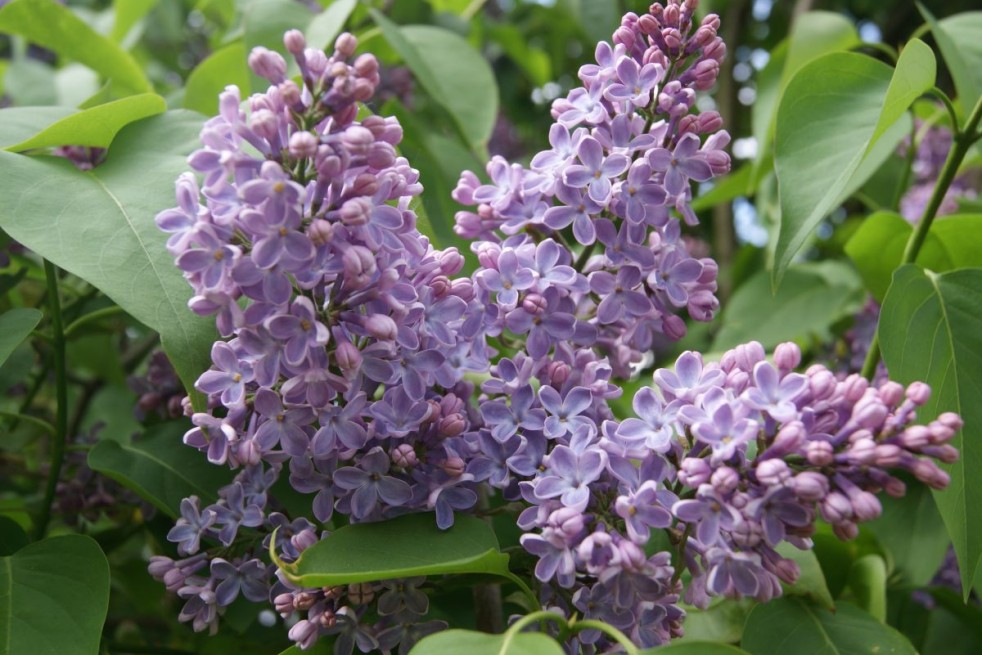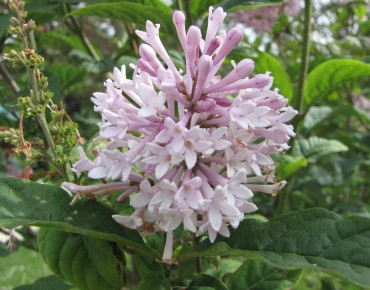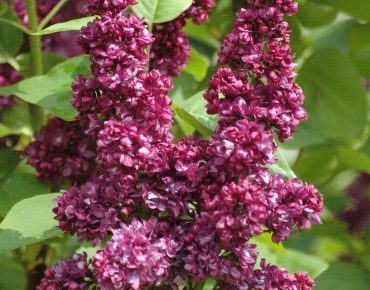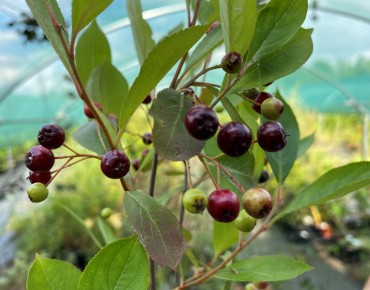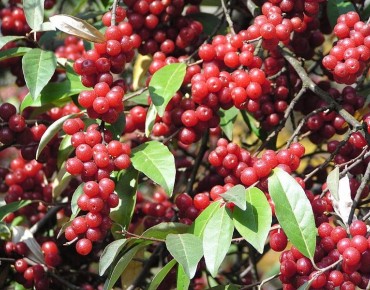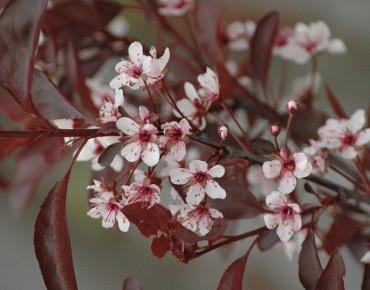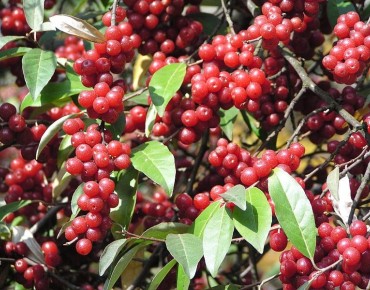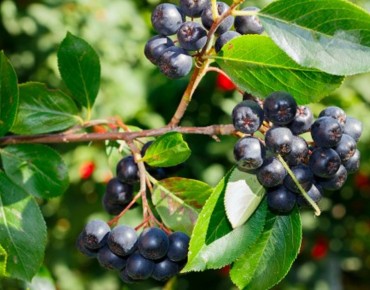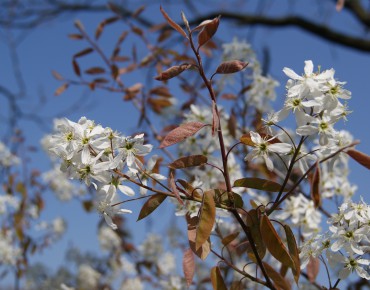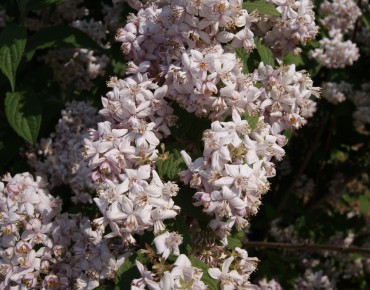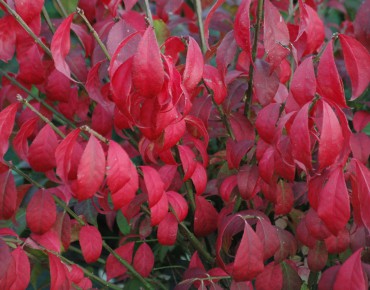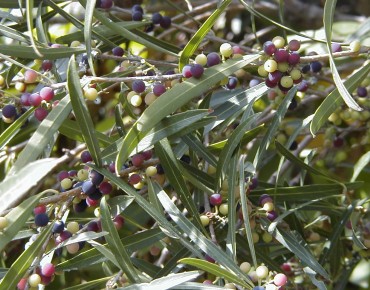Lilac
Syringa vulgaris
Description
Common Lilac - Syringa vulgaris
Origin and characteristics
Native to southeastern Europe and the Near East, the lilac is now grown in all temperate regions. It belongs to the olive family (Oleaceae), like jasmine and privet. It has been cultivated for centuries for its stunning spring bloom, sweet fragrance, and its usefulness in hedges or as a stand-alone shrub.
Description and features
The lilac is a vigorous deciduous shrub with an upright habit, forming a dense and structured clump. Its medium-green leaves are heart-shaped, and its highly fragrant flowers appear in dense panicles in shades of purple, pink, or white depending on the variety.
- Mature height: 4 to 6 m
- Width: 3 to 4 m
- Shape: Upright, bushy
- Foliage: Deciduous, medium green, heart-shaped
- Blooming: April to May
- Hardiness: Excellent (down to -25 °C)
Flowering
- Flowers: Upright panicles, very fragrant
- Fragrance: Sweet, strong, unmistakable
- Pollinator-friendly: Attracts butterflies and bees
Exposure and soil
- Exposure: Full sun or partial shade
- Soil: Ordinary, rich, moist and well-drained
- Tolerates chalk and moderate drought
- Avoid soggy soils in winter
Planting
- Plant in spring or autumn
- Allow space for its development
- Incorporate well-rotted compost when planting
Watering
- Regular watering during the first year
- Tolerates drought once established
Pruning
- Flowering pruning: right after blooming (not in winter)
- Remove spent flowers to encourage next year’s bloom
- Thin out the centre every 3 to 4 years
Propagation
- By suckers (often numerous around the base)
- By cuttings or grafting to retain cultivar
Use in the garden
- As a specimen or in informal flowering hedges
- Combine with forsythias, deutzias, mock oranges, poet’s jasmines
- Perfect for scented gardens or spring borders
Special features
The common lilac is timeless, generous, and fragrant. It gracefully spans the ages and remains a must-have in family gardens. Very easy to grow, it is a staple of traditional gardens filled with scents.
It is very easy to grow and is a must for a traditional, open, fragrant garden. It is versatile and can be planted as an isolated plant or in a flowering hedge, alongside Forsythia, Deutzia, in a mixture with Syringa Madame Lemoine or eve Mock Orange for example.
Features
- Common name : Common Lilac - French lilac
- Family : Oleaceae
- Category : shrub
- Spread : 4 m
- Foliage : deciduous
- Color of flowers : purple
- Use : isolated - flowering hedge
- Soil : rich and well-drained
- Habit : upright
- Earth to use : universal potting soil/garden soil/compost
- Enemies : leafminer - mite - aphid - thrips
- Possible diseases : chancre - root rot
- Date of last repotting : 25/01/25
Expédition & livraison
How does the delivery work?
 As soon as you place your order your plants are selected
As soon as you place your order your plants are selected Each order is processed individually.
Each order is processed individually. Plants are packed, staked and labeled.
Plants are packed, staked and labeled. Packaging is carefully implemented to avoid any problems.
Packaging is carefully implemented to avoid any problems. Packages are ready to be shipped.
Packages are ready to be shipped.
Our delivery methods
Shipping of our plants throughout Europe (except overseas and islands).
Customer reviews

